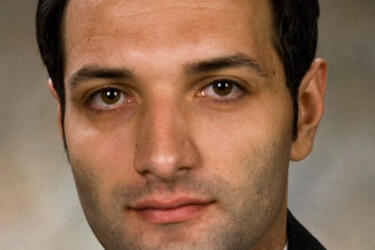Soltanian wins Geological Society of America award
April 14, 2014

April 14, 2014
Reza Soltanian, an Environmental Sciences Ph.D. student working under the guidance of Prof. Bob Ritzi in Earth and Environmental Sciences, recently received a $1500 grant from the Geological Society of America for his research on carbon sequestration. Reza's abstract is included below.
Congratulations to Reza!
Understanding the Impact of Hierarchical and Multi-Scale Sedimentary Architecture on CO2 Sequestration
Injecting CO2 into oil reservoirs and deep saline aquifers is an option to mitigate global warming by trapping CO2. Capillary trapping is a vital process in sequestrating CO2. The
Finding the right college means finding the right fit. See all that the College of Science and Math has to offer by visiting campus.